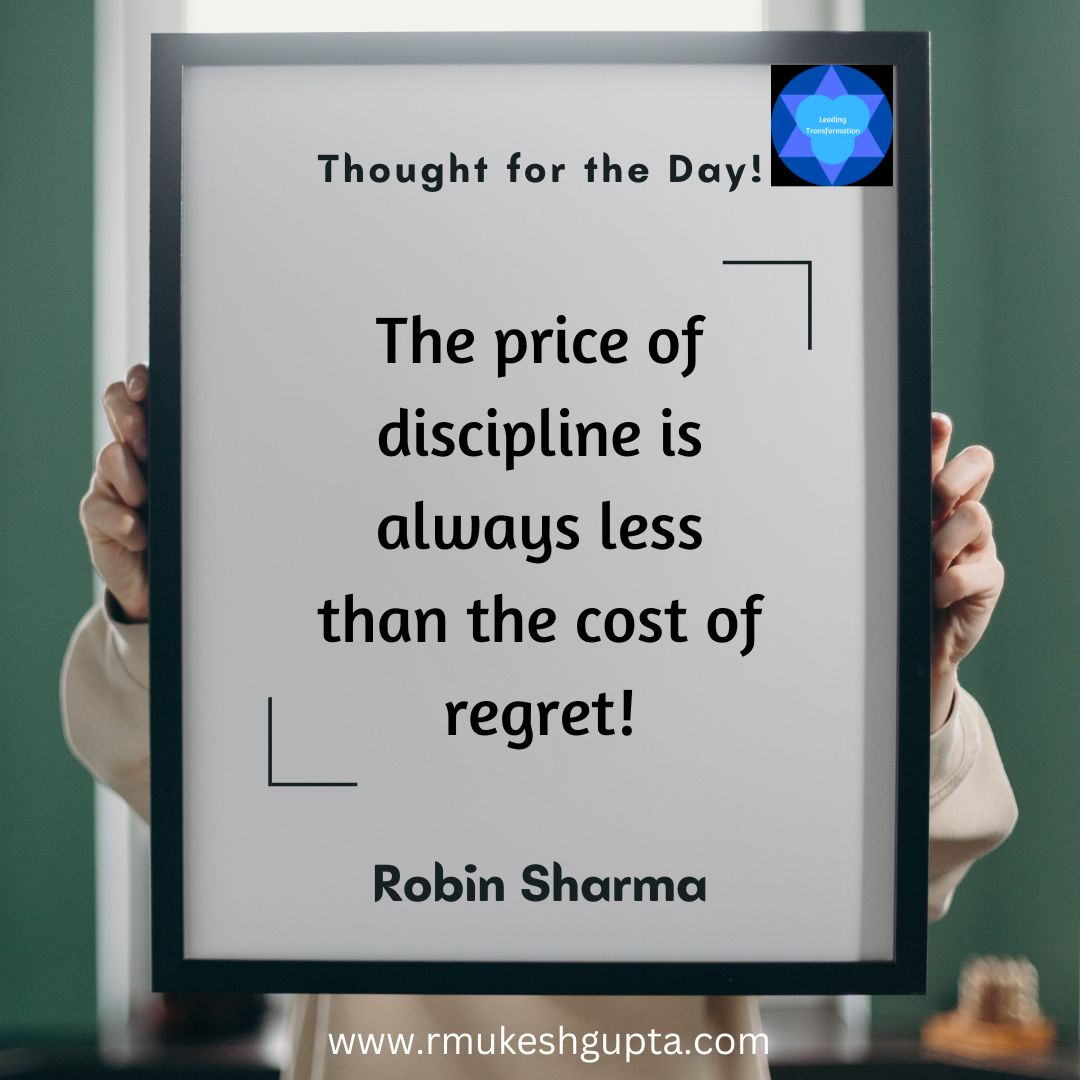The Role of Creativity in the Life of a Product Manager by Mukesh Gupta
I have been invited to deliver a talk at an event titled – “A Day in the Life of a Product Manager“, which is scheduled for tomorrow (4th March 2017) and the talk is about “The role of creativity in the life of a product manager”.
I personally believe that creative thinking is a critical skill that all of us need to develop among us but it is even more relevant if we want to be a product manager and give birth, grow and mature a product.
First, lets talk about a few successful products and the stories about how they became successful. We will then try to learn what did the product managers (in some cases, entrepreneurs themselves) do so that their products became successful.
10-22-38: Astoria:
This marks the date and place where the photocopiers, that we know of today, in its true sense was born.
Chester Carlson was a patent attorney in Mallory’s, while studying law. As he worked at his job, he noticed that there never seemed to be enough carbon copies of patent specification, and there seemed to be no quick or practical way of getting more. The choices were limited to sending for expensive photo copies, or having the documents retyped and then re-read for errors.
It occurred to him that it would be a good idea if he could develop a machine which could take these documents and create copies quickly and cheaply. For many months, he spent a lot of time in the New York Public library trying to read and learn everything there was to the imaging process. He realised that he would not focus on the traditional process (chemical) of copying as there were many people who were exploring that side of imaging. He decided to experiment with a little known field of photoconductivity and after years or tinkering in a makeshift lab, he and his assistant Otto Kornei were able to copy this exact picture using their machine.
It was still a struggle trying to convince someone to invest in the technology and develop it into product. It was in 1959 that the Haloid company finally was able to launch The 914 copier, which went on to become a phenomenal success. Thus started the industry that revolutionised the world.
You can read the entire history of the birth of xerography here.
Pantone Color Matching:
One an eventful day in the early 1960’s, Lawrence Herbert, the co-owner of a printing company named Pantone was fuming because a simple job ruined his entire week. In those days, every dye manufacturer used their own proprietary way to name the colours and what went into it. No two shipments of the same colour would match; no two dyes, with same name and pigments from different dye manufacturers would match, which caused a lot of challenges for each printer.
He had enough of this trouble and in a fit of anger decided to do something about it. He thought why can’t everyone use the same colour book to produce colour. So, with this insight, he set out to imagine and develop an alternate reality for his world. All he did was to figure out a way to match a specific colour to a number, which then became a global, common language that everyone in the industry would speak in. So, if someone needed a specific shade of Yellow, they would just ask for Pantone 123 (a daffodil Yellow) and irrespective of who or where in the world sold that colour, it would be exactly the same.
He created a sample page to show how this would work and sent it out to ink makers. Its more than 50 years now and his catalogue and system is still being used worldwide, not just by ink makers but by everyone who uses colour in some way or format. This simple catalogue has spawned an organisation that dominates the colour industry.
They are so important to the fashion & visual art industry that they predict the trends in terms of colour that they see playing out in the market, based on which colour seems to have had the most demand in the previous period.
They have announced that the colour of the year 2017 is going to be Pantone Greenery. So, get ready to see a lot of green all around you.
The Suitcase and The Wheel:
Thousands of years ago, there were two important inventions, the wheel and the sack. As a frequent traveler, I always wonder why it took so long to put rollers on that sack to create wheeled luggage.
“It was one of my best ideas,” Bernard D. Sadow said the other day. Mr. Sadow, who was at that time a vice president at a Massachusetts company that made luggage and coats, is credited with inventing rolling luggage.
It was Bernard Sadow was waiting at the customs while coming back home from a family vacation. As he carried two heavy suitcases through the airport, he observed a worker effortlessly rolling a heavy machine on a wheeled skid.
Inspiration hit him and he said to his wife – ‘You know, that’s what we need for luggage,’. When he got back to work, he took casters off a wardrobe trunk and mounted them on a big travel suitcase and it worked. He was elated. He got a United States patent No. 3,653,474, for this invention.
“Rolling Luggage,” as he called it, did not take off immediately, though. He recalled the many months that he spend rolling his prototype bad on sales calls to department stores. Finally, he was able to find a believe in his idea in the form of a manager of a Macy’s store, who ordered a few of this product. to order a few.
“People do not accept change well,” Mr. Sadow said, recalling the many months he spent rolling his prototype bag on sales calls to department stores in New York and elsewhere. Finally, though, Macy’s ordered some, and the market grew quickly as Macy’s ads began promoting “the Luggage That Glides.”
This still did not take off as much as he would have liked. It really took off, once an airline pilot, Robert Plath, affixed two wheels (instead of four) and a long handle to suitcases that rolled upright that the luggage with wheels took off.
What do we learn from them
Finding Opportunities for New Products:
Opportunities are all around us. As the saying goes.
“Opportunities are all around us but are dressed as problems”
We need to be aware of these and identify them for the opportunity that they present. It takes an inventive mind or a creative one to recognise the opportunity that is disguised as a problem or a challenge. Most successful products are created either by serendipity or through the process of someone actually trying to solve a problem that they experienced themselves.
In either case, successful product managers are not only able to identify these opportunities but are also able to convince people around them of the true opportunity that lies therein.
Finding Early Adopters for Your Idea/Product:
Irrespective of how great an idea or a new product is, there will most likely be resistance to adopt the same. It is inherent nature of mankind to be biased against creativity. It is the role of the product manager then to overcome this bias against creativity and win the first few early adopters of the idea – first within the organisation and then amongst their prospective customers.
In order to be able to do that, you need to understand the innovation adoption curve, know who is potentially an early adopter and what will win them over (data, emotion or a combination).
It takes creativity for you to be able to tailor the idea according to the internal stakeholders or a prospect to win them over.
Building Your Product & Going-to-Market:
Being a product manager is also about communicating your ideas to the actual teams that will build and get them to build it. As any product manager will tell you there is a big chasm between what you think that the product should look like and function and what it could potentially end up looking and functioning like.
If I were to identify one step in the entire product management cycle that has the biggest potential to derail the entire product success, it would be this step. As a product manager, if you are unable to clearly articulate the vision of the product to the actual developers of the product, there is a good chance that you will not get what you want.
We also need to understand that each stakeholder (customers, senior management, developers, product managers, marketing managers, sales executives) in the product management cycle speaks a different language. It takes ingenuity, creativity and clarity of thought and communication to ensure the understanding of all the stakeholders about what the product is and will do, is the same.
Influence with No Authority
As a product manager, we will not have any direct authority over any of these teams. While everyone tells us that we are the CEO of our products, they all forget to give us the authority that needs to go with it. So, as product managers we need to be able to influence all the stake holders to do what we want them to do and in the timeline that we want them to do it in.
Any one who has attempted to do this can vouch for the fact that this is no easy feat. We need to be creative about how we engage and communicate when we talk to each stake holders and speak to them in their own knowledge.
So, How do we become more creative:
Sharpen our Observation skills:
Author, teacher and a recovering lawyer, Amy Herman, in her book – Visual Intelligence shares a process by which we can sharpen our ability to observe what is happening around us better. She uses the acronym – COBRA.
- C – Concentrate on the camouflaged. Look for things that are not very obvious.
- O – One thing at a time. Keep your focus on one thing at a time. Watch it in detail.
- B – Take a Break. Go for a walk. Do something else.
- R – Re-align your expectation. Let go of any preconceived notions that you might have about the situation.
- A – Ask someone else to look with you. Take a second opinion.
You could also learn from James Gilmore’s book “Look” and use the different lenses to look at the situation through. I have written a detailed review of the book and the process here.
Ask Interesting Questions & Solve Interesting Problems:
One way to increase our ability to become creative or come up with creative solutions is by asking interesting questions. Questions that allow us to dream up, be someone else, travel through time or take a completely different perspective. In order to be able to ask interesting questions, we first need to identify and attempt to Solve Interesting Problems. These are problems that typically, people live with, without doing anything about. These are problems that everyone takes for granted. What are such problems that you are facing? What are such problems that your customers are facing?
Understand our bias against creativity and Learn to address it:
Jennifer Mueller, in her book, Creative Change, argues that we are inherently biased against creative ideas and explains why this is so. She also prescribes ways that we can not only overcome our own bias against creativity, but also help people around us to overcome their bias against creativity. Learn, practice and hone this ability. You can listen to the conversation I had with Jennifer on this topic here.
Connect and Combine:
The ability to come up with creative ideas is very much like any other language that we speak or learn. We first need to understand and know our alphabets, then we need to learn to combine these alphabets into words, then words into sentences and then sentences weaved into a story. The same way, we need to know about different ideas from different industries and contexts that we are then able to combine and connect and improve to come up with our very own creative idea. So, we should give ourselves the opportunity to get exposed to as many ideas (especially from outside of our own field of expertise) as possible.
Take some Risks and be prepared to Fail:
Being creative means that we are taking a chance, which means that there will be times when we might not get what we want and fail. That is fine as long as the failure is not hindering our chance to try next time again. That is even better, if we learn from our failure.
Think of it like this – we are all diamonds that are raw and need to go through the process of polishing so our true character can come out. These small, tiny failures build up our ability to not only fail and learn from the failure but also our ability to know when to take a leap of faith and when not to – both being critical in the success of any creative venture.
Conclusion:
In conclusion, I would only like to argue that some of the most important skills that we all need to develop if we are to succeed as a product managers are:
- Ability to observe and find opportunities.
- Ability to come up with creative problems to solve and creative solutions/perspectives.
- Ability to talk to different stakeholders in their respective languages.
- Ability to influence without authority.
- Ability to do all of this on a tight timeline.
The one common thread that runs through each one of these is the ability to think creatively.
There are many more things that we can do to improve our ability to become creative. These are just starting points and set us going in the direction that will help.







